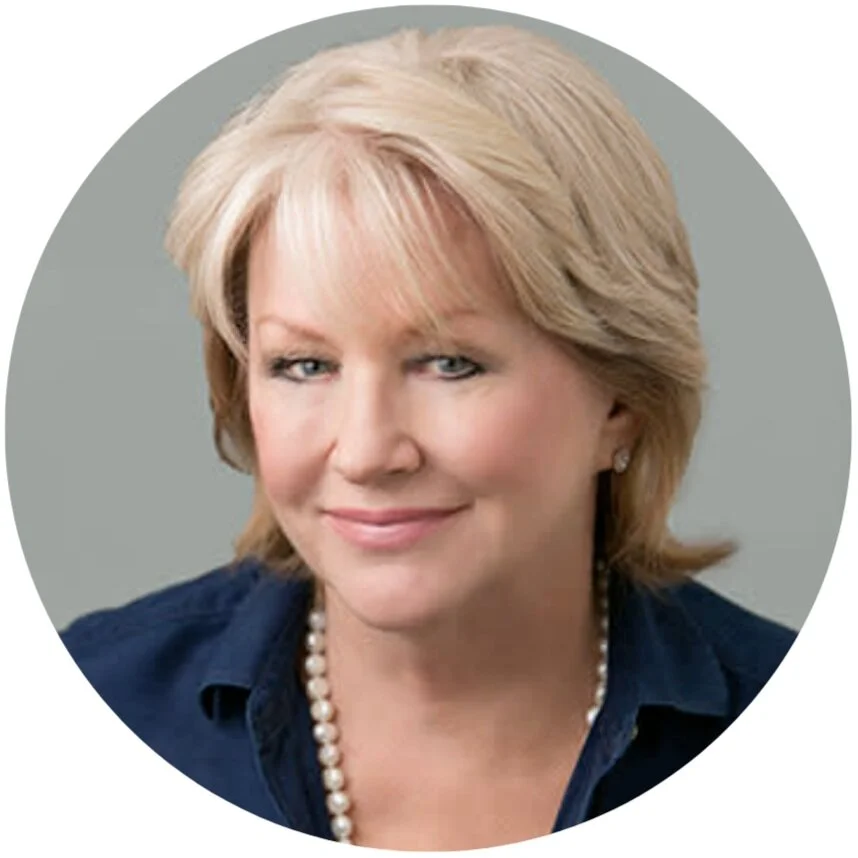Mixed Use Properties in San Francisco: Lessons from the Vacant Storefront Crisis
/Deniz Kahramaner is the Founder & CEO of the data driven Real Estate Brokerage Atlasa. His mission is to help home buyers understand the tradeoffs of different home options using big data and analytics. You can reach Deniz at deniz@atlasa.com or 650-770-3100.
Vacant Storefronts in San Francisco
San Francisco has a lot of Retail Vacancy
Amazon and e-commerce have been slowly bankrupting brick and mortar retail.
Food delivery is slowly reducing foot traffic in restaurants.
In short, commercial retail is in trouble.
This has caused a huge storefront vacancy problem in San Francisco. More and more retail stores are closing and some landlords keep their stores vacant for very long periods of time — sometimes years.
The problem is so severe that some of San Francisco’s supervisors proposed a vacancy tax on stores that sit idle for a long period of time.
But why are storefronts vacant?
Also, why is this highly relevant to someone who wants to buy mixed-use properties in San Francisco?
The Vacancy Map of San Francisco
We mapped out every lease listing in San Francisco that has been sitting on the market for more than 6 months and the results were fascinating.
There are 8+ long-term vacancies each in the Inner/Outer Richmond, North Beach, Cow Hollow, Castro, SOMA, and the Mission.
High quantities of vacancies in SOMA make sense, but areas like Cow Hollow, the Mission district, North Beach and Castro have a high amount of foot traffic, so high-vacancy in those areas sound counter-intuitive. Why would a landlord keep their storefront vacant for so long in a high-traffic corridor?
Why Are There So Many 6+ Month Vacancies?
We have talked to multiple commercial brokers in San Francisco and distilled the reasons for high retail vacancy into three reasons:
Some Landlords do not want to settle for lower rents
Commercial Real Estate is valued based on rental income. If a store produces less rental income than it used to, the mixed-use building will be worth less. If someone wants to sell their property in the near future, keeping their storefront vacant gets them more money when they sell.
If there are too many of these type of vacancies in a small area, it signals that multiple owners are holding out because they did not get the rent that they want. In other words, retail storefronts in these areas should rent for less.
2. The Neighborhood has onerous rules about what retail can exist in the corridor
A lot of neighborhoods have strict rules barring large retail chains or restaurants from moving in (more about those rules here). When the owners expect typical San Francisco market-rate rents, they can’t find a local mom-and-pop shop to pay for it.
Two neighborhoods affected by this are Castro and North Beach.
Lessons for Buyers of Mixed-Use Properties
Exercise high caution when buying in areas with a lot of vacancy. High vacancy signals declining rents.
If you are paying a lot of money to buy a mixed use building expecting X dollars of monthly rent, make sure that the vacancies around the building won’t cause declining rents in the area later.
This would not only mean you make less rent for your money, but also that the value of the building will decrease after you buy.
2. Neighborhoods with low long vacancies signal a strong retail rental market
The below neighborhoods have low long-term vacancies. It is safe to say that current rent values in these neighborhoods will remain more stable than neighborhoods with a lot of vacancies.
West Portal
Sunset
Noe Valley, Glen Park, Bernal Heights
Japantown
Hayes Valley
When buying in these neighborhoods, your rental comparables will provide a more accurate picture of what rents you should expect when you are renting out your storefront.
Authors
Deniz Kahramaner is the Founder and CEO of Atlasa and a Realtor. He was formerly the Head of Data at Accompany Inc. He holds a BS in Electrical Engineering and an MS in Computer Science at Stanford University.
Andie Katter is a Senior Vice President for Compass Commercial with 30-years of experience. Her areas of expertise are in Office and Retail leasing and sales with an emphasis on tenant representation.
Jeremie Young is a Data Engineer and Operations Manager at Atlasa. He was formerly a marketer at Compass and Pacific Union.




